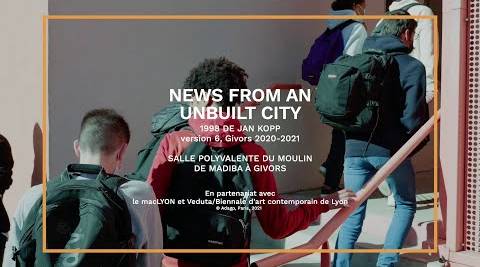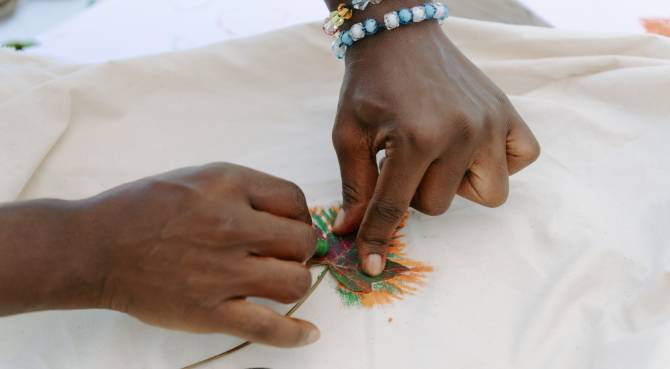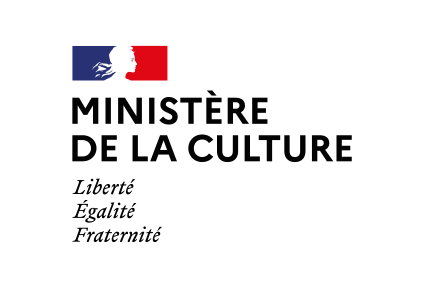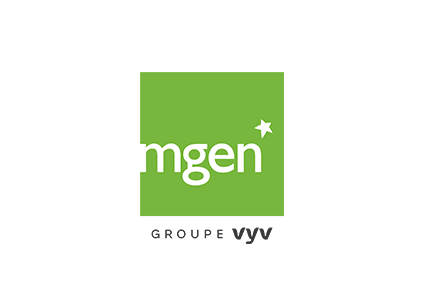
Since 2021, the Biennale’s Veduta programme has been staging encounters, exchanges and creations in 15 territories across the Lyon metro area and the Auvergne-Rhône-Alpes region, namely: the municipalities of Chanay, Cibeins, Clermont-Ferrand, Fontaines-sur-Saône, Francheville, Givors, Meyzieu, Oullins, Pierre-Bénite, Saint-Fons and Vaulx-en-Velin; the Ouest Rhodanien conurbation authority; the Grand Parc Miribel Jonage; and the 7th and 8th arrondissements (boroughs) of Lyon.
Art director : Isabelle Bertolotti
Head of Veduta : Adeline Lépine
Podcast
Edito 2021-2022
“Birth is not so much a beginning as it is an abrupt change in which suddenly there are different factors than those in the womb, and there is gravity. With gravity, a new negotiation begins, and these terms condition us for the rest of our lives.”
From Gravity, Steve Paxton. Contredanse Editions, 2018
From the outset, the Lyon Contemporary Art Biennale chose to consider its own regional territory as its centre of gravity and source of creativity. Back then, this stance – being local and international in equal measure – was unusual among the world’s biennials. In 2007, the creation of Veduta strengthened this intent and deepened it too – fully incorporating the territory’s lookers and users. The programme is made up of interpretations that are also informed by the social, historical, geographical and economic conditions of its receivers. To shake off the material limits imposed by the artwork or the exhibition-object, Veduta proposes to embed them into processes: residencies, shared curatorships, physical and mental walkabouts. In this way, meaning is there to be experienced, not explained; the artwork becomes a potential to be collectively activated, recreated and updated.
With this approach, made up of encounters and dialogues, it is now possible to observe what art “makes”: how it occurs, how it is disseminated and what it generates. The collective experience and the outreach project no longer seek to assert the prevalence of a meaning or of a relationship with contemporary art; on the contrary, they are about reminding people that reception is where the vivacity of art is affirmed, that this place is multiple and protean, and is where art’s richness lies. Accordingly, by bringing together curious people, artists, artworks and ecosystems, Veduta constantly comes face-to-face with the fragility of this living art, which merges into life, becoming “more interesting than art”.1
“working with a paradox
defining the elusive
visualizing the invisible
communicating the incommunicable
not accepting the limitations society has accepted
seeing in new ways
(…) being creatively obsessive”
From the Manifesto of Agnès Denes, 1969
2021 was a transitional year for Veduta, which we ended with the partners and inhabitants who were able to join us. It showed us the importance of going back to the programme’s roots. Veduta’s co-constructed experiences, based on new connections and conviviality,2 enabled a return to proximity, hospitality and then intimacy between those who gathered. “Communities of doing” – acting through the power of weak ties, 3 associating people who are often strangers, despite the vicissitudes of the context (cancellations and postponements, commitments and decommitments, possibilities and constraints) – embarked on several projects, proving the need to bond anew and the desire to keep on navigating between interior and exterior; to continue exercising democracy.
Within this 16th Biennale, devised as a “Manifesto of Fragility” and postponed until 2022 due to the pandemic, Veduta thus served as a bearing and a mooring, a “Manifesto of Gravity”, the gravity that keeps us permanently attracted to the centre of the earth, to our environment and to other people; the gravity that causes things to fall to earth and keeps the body in a kind of balance when the horizon no longer exists. 4
The 2022 project is being written with the same desire to resist and continue. Through the experience of nomadic artworks and co-writing processes, it attempts to answer the questions that run through our existence: “Why is there not a discovery in life? Something one can lay hands on and say ‘This is it’?”.5 Where do we stand? What are the sounds that come to us? How can common places be reoccupied? How can we seize the gravity of our lives and of the permanent flows it generates? The 2022 art projects – through seeking the roots that bind us to earth and all life forms; investigating stories and fictions that travel through collective spaces; observing the fertility of the undesirable and the invisible; or collecting forgotten words and skills to pass on before their foretold extinction – do not aim to find answers. The intention is, however, that they partake in the continuing transformation of ways of creating, taking action and being together.
“It is with bodies politic as with celestial bodies. They act and react one upon another, in proportion to their distance and gravity.”
François-René de Chateaubriand, Essay on Revolutions, 1796
Adeline Lépine,
Head of Veduta
1 According to Robert Filliou
2 Namely, all the “autonomous and creative intercourse among persons, and the intercourse of persons with their environment” - Ivan Illich, Tools for Conviviality, Harper & Row, 1973.
3 Les liens faibles, a book edited by Sandra Laugier and Alexandre Gefen, CNRS Editions, 2020. The titular “weak ties” are ties with other people that exist outside family, work and friendship but constitute shared experiences outside the domestic or professional space, and which define us as social subjects.
4 See Hito Steyerl’s research on the horizon in the age of connections, the absence of possible projection, of organised surveillance… and where falling seems to be the only way to flee (In Free Fall: A Thought Experiment, lecture, 2011 for BAK Critical Readers in Contemporary Art)
5 From the diary of Virginia Woolf, 1925.
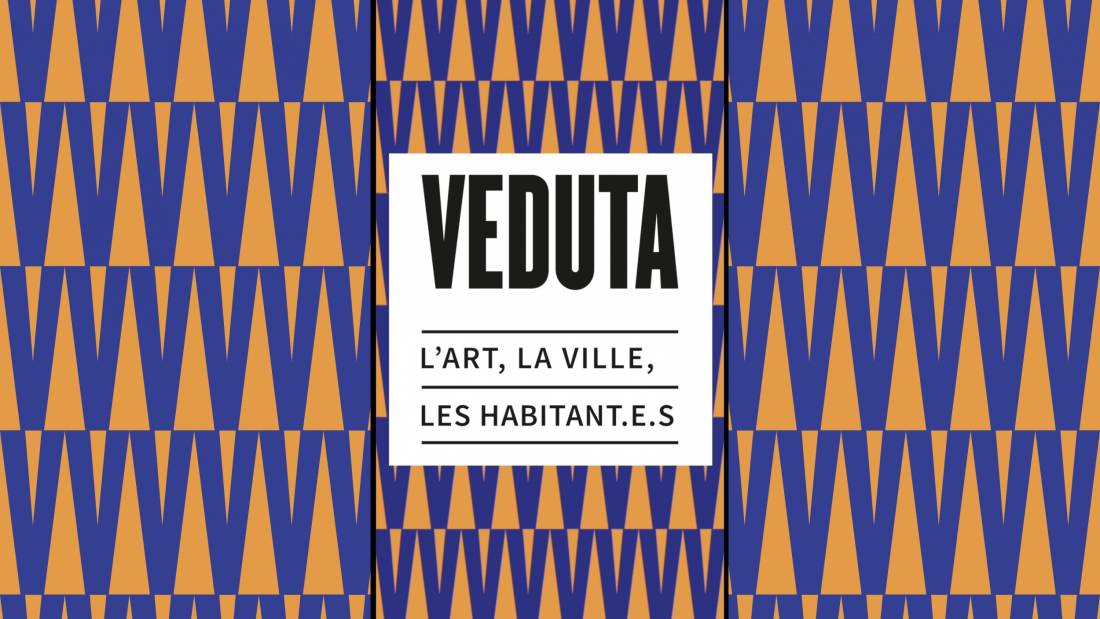
Look back
![Veduta 21/22 - Proximité(s)/Nähe à Lyon 7 [Évènement du 9 juillet 2021]](/assets/w1100-q70-p1/f5a5d2bb/youtube_ynplvmrrwe.jpg)

